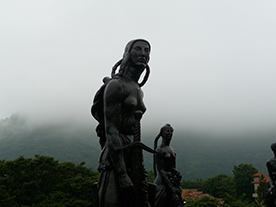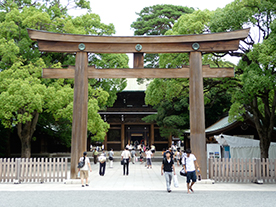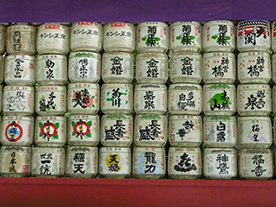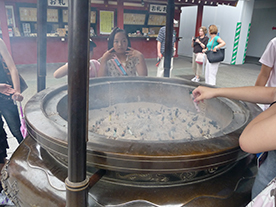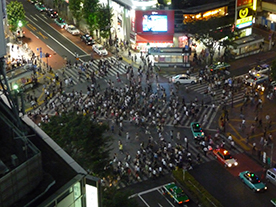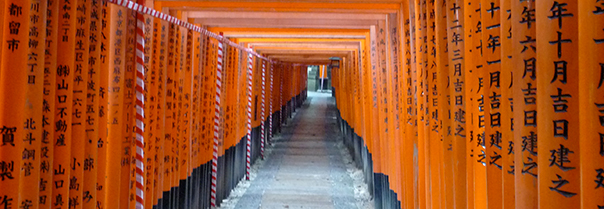
What's
New
- Winners Gallery
- Katrina's Editorials
- Health and Fitness
- Special Offers
- Field Experts
-
Travelogs
-
July 2012
Aspen Summer -
February 2012
Ladies' Trip to India -
September 2011
Grazing Our Way through the “New Tuscany” -
Summer 2011
Biarritz, San Sebastian & more -
June 2011
Vietnam: Traditions and Transformations -
April 2011
Peru Spring Break -
April 2011
Ski & Sea Spring Break -
December 2010
Miami Art Basel -
September 2010
The East Side of Eden -
September 2010
Buenos Aires, Sao Paulo and Rio -
August 2010
Ionian Bliss -
August 2010
Buzz-worthy Berlin -
July 2010
Alaska Adventure -
April 2010
Springtime in New York -
February 2010
Aspen: Winter Wonderland -
January 2010
Australia: Home for the Holidays -
November 2009
New York: Dining, Theater & Art -
October 2009
London Art & Dining -
September 2009
Japan Journey -
June 2009
Peru Adventure
-
July 2012
- Newsletters
- Press
- MLS Signature Trip: Arctic Adventure
Travelogs
Japan Journey
On a busy Kyoto street, sleek office buildings flank a serene Buddhist shrine, glowing with dozens of lanterns. On a crowded Tokyo subway platform, office girls in trendy skirts and high heels hurry alongside women in kimono. Much has been said about Japan’s fascinating mix of traditional and contemporary, East and West; after my recent trip there, I have to say it’s true – and these two worlds exist not just side by side, but interwoven. A girl might choose to leave her public high school and become a geisha, as was the case with the maiko (apprentice geisha) who entertained us at dinner one night in Kyoto. A woman might get married in a formal Shinto ceremony, wearing a traditional white shiromuku, and then go on to have a busy, full-time career, like our tour guide. Tokyo is as modern a city as you’ll find anywhere, almost futuristic, with excellent public transportation and every convenience you can imagine – and yet I never for a moment felt that I might be in a Western city like New York. Even the professional baseball game we attended (with entire sections chanting in unison, cheerleaders between innings, and female beer vendors running up and down the stadium steps bearing mini-kegs on their backs) could only happen in Japan.
Our trip was spilt into two sections – for one portion we were with a group, with a planned, very busy itinerary and a bilingual guide who traveled with us. We ate most meals with the group and were transported by bus. For the second portion my fiancé and I were on our own, with only vague itineraries for each day. We ate at places we stumbled upon and got around by subway and on foot. It was interesting and quite fun to have such different experiences. With the group, we covered a lot of ground, from the magnificent temples of Nara, to the pavilions and shrines of Kyoto, to the museums of Tokyo. We spent a beautiful morning at the spectacular Shoshenkyo Gorge, far off most tourist maps. Its steep, rounded cliffs, fringed with trees, were straight out of a Japanese painting. The night we were entertained by the geisha was very memorable, especially upon my arrival, when the senior geisha and the maiko got into the tiny elevator with me and I was able to view their elaborate kimono, makeup and hairdos up close. But the highlight was our stay at a traditional ryokan. Our room had tatami-mat floors and a view of Mt. Fuji, but no beds (futons would be laid out for us later). We changed into yukata robes and joined the group for a kaiseki banquet – course after course of the most exquisitely presented food, which we ate seated at low, lacquered tables.
On our own, our meals were less formal, but no less delicious. We had trouble finding specific places (Japanese addresses are rather approximate, and the establishment you want may be below or several floors above street level), so we tended to just find a likely looking place and go in. One night we cooked our own Korean barbecue on a rooftop; another night, we tried okonomiyake, a Japanese-style pancake. We explored the shops and museums of Tokyo, and walked the Philosopher’s Path to the Silver Pavilion in Kyoto. The Fushimi-Inari shrine was a real standout – just south of the Kyoto city center, it’s made up of 10,000 vermilion torii gates, placed close together to form a long, dappled tunnel that winds its way up the hillside. Walking through the passage is amazing and a bit surreal; now and again you’ll come upon a sub-shrine filled with tiny red gates and stone statues of foxes, red scarves tied around their necks.
Our plans to go hiking in the Japanese Alps were foiled by rain, but we did make one day trip from Tokyo, to the resort area of Hakone. Filled with lush mountains, lakes and numerous hot springs, it’s a popular weekend destination for Tokyo locals. We went on a Friday – perhaps not the best choice, as the trains were crowded and the “Romance Car” from Tokyo to Hakone was sold out. This train, while not particularly romantic, is worth paying a little extra for; it’s faster, has comfortable forward-facing seats and offers drink and snack service – the alternative is a metro-style train, which got uncomfortable after a while.
Transportation, an all its forms, was the theme of our Hakone trip. From the Tokyo Odakyu line, we boarded a small, charming railway that chugged up the mountain via numerous switchbacks, passing several villages along the way; next, a funicular tram; then, a cable car that swooped up and over a summit that I’m sure provides breathtaking views when not socked in by fog (as it was when we were there). All of this was quite touristy without ever seeming like a theme park – until we got to Lake Ashino-ko. The preferred way to cross the lake is on a vividly colored replica of a man o’ war ship, which looks like something straight out of Tokyo Disney. Cheesy, sure, but fun, and the lake is beautiful, with Mt. Fuji rising impressively in the distance (on a clear day, at least). Despite the weather and the crowds, we had a very enjoyable time in Hakone – the Hakone Open Air Museum is especially worth a visit.
After 14 days in Japan, I feel we only scratched the surface. There is so much more I hope to see – the cherry blossoms, the fall colors, the lively festivals. It’s a place that stays with you. From the way they wrap a package or present a meal to the controlled chaos of the world’s busiest subway station, there’s a precision and beauty to everyday life in Japan that made me look at my own world in a different way.
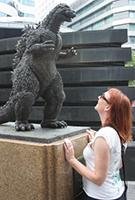
Sayonara,
Ellen Hall
About Ellen Hall:
Ellen Hall is a writer by profession and an avid world traveler by inclination. Her first trip abroad was just after college, when she spent six weeks backpacking through Europe with her best friend. Since then, she travels whenever she gets the opportunity. Her trips usually focus on nature and history, and have included several return visits to Europe as well as Vietnam, Cambodia, Honduras, Peru, Japan, Costa Rica and Guyana. Some of her most memorable travel experiences include hiking the Inca trail, scuba diving with sharks in Honduras, volunteering at a vulture rescue center in Croatia, and paragliding in Slovenia.
Copyright 2013 MyLittleSwans, LLC. All rights reserved. My Little Swans, the logo and Share a world of experience are registered Trademarks of MyLittleSwans, LLC. Use of this site constitutes acceptance of our Terms of Use and Privacy Policy.

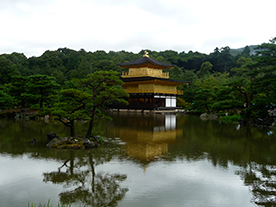
.jpg)
.jpg)
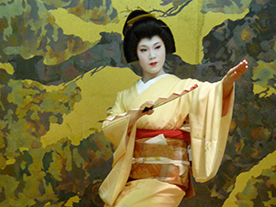
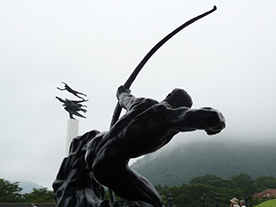
.jpg)
